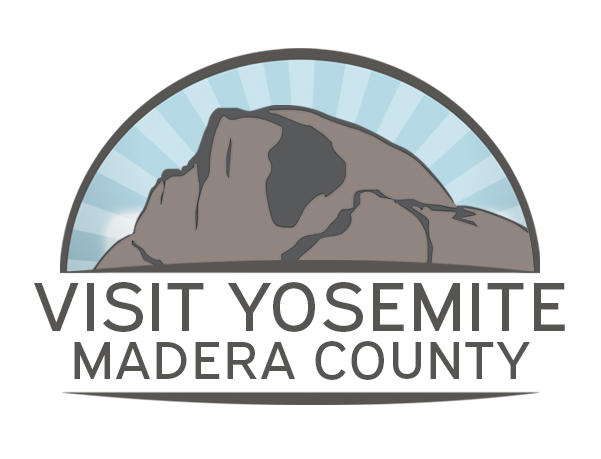Our knights & dragons are resting until the next event
November 1st - 2nd, 2025 @ Oakhurst Community Center
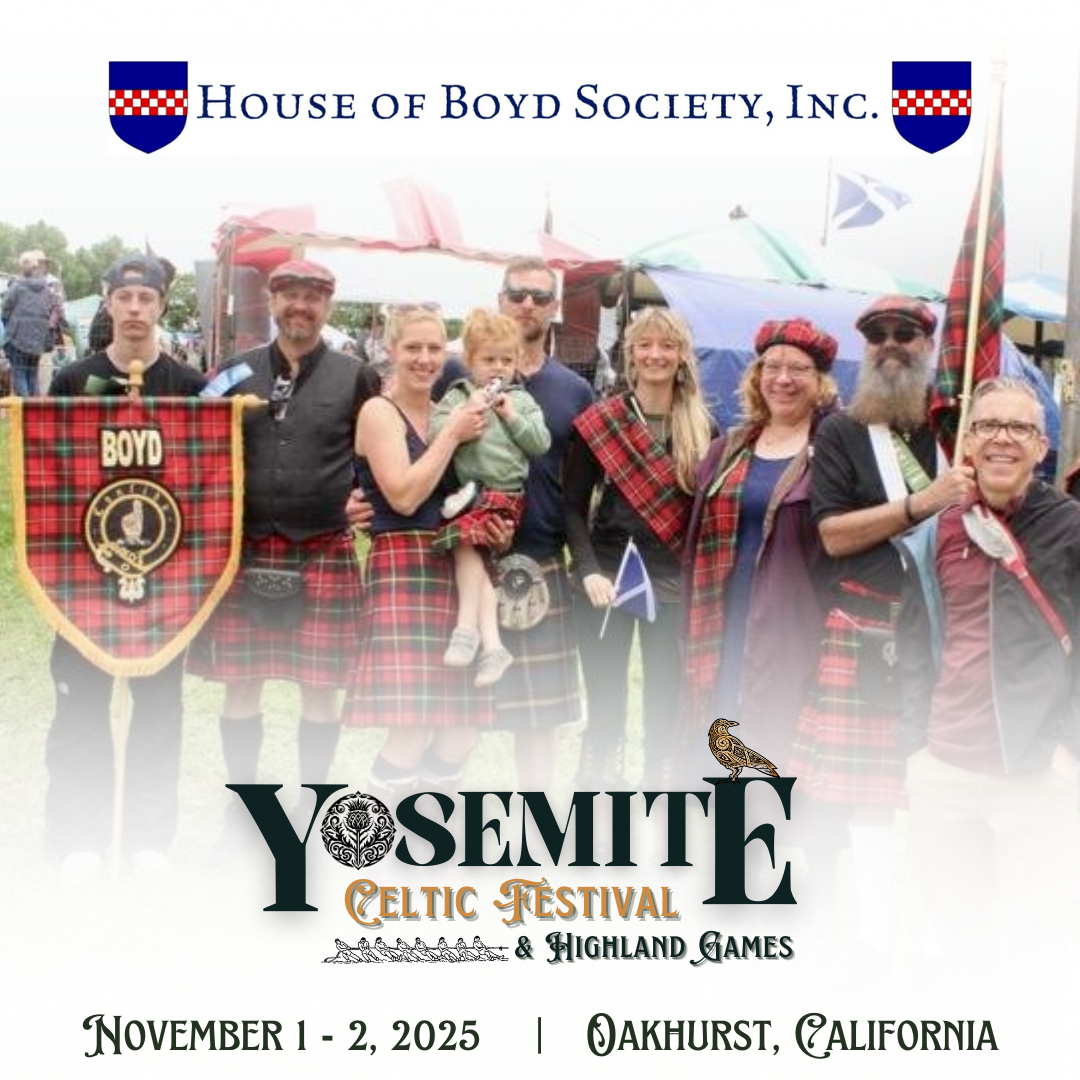
Clan Boyd
Founded during the Stone Mountain Highland Games in Georgia on October 15, 1988, the House of Boyd Society has been a proud steward of Boyd family history and Scottish heritage for over three decades. Incorporated as a non-profit organization in 1999 in the State of Delaware, the Society exists to connect, celebrate, and preserve the legacy of the Boyd name.
We assist members in tracing their genealogical roots through a dedicated database of Boyd family lines, supporting personal research and discovery. Beyond genealogy, we foster a vibrant community by organizing state, national, and international gatherings of Boyd descendants and friends.
Our mission is to promote and perpetuate Scottish customs, traditions, and heritage. Membership is open to all Boyds, their descendants, related families, genealogy researchers, and anyone with a passion for Scotland's rich cultural history.
Join us in honoring the past and building lasting connections for the future
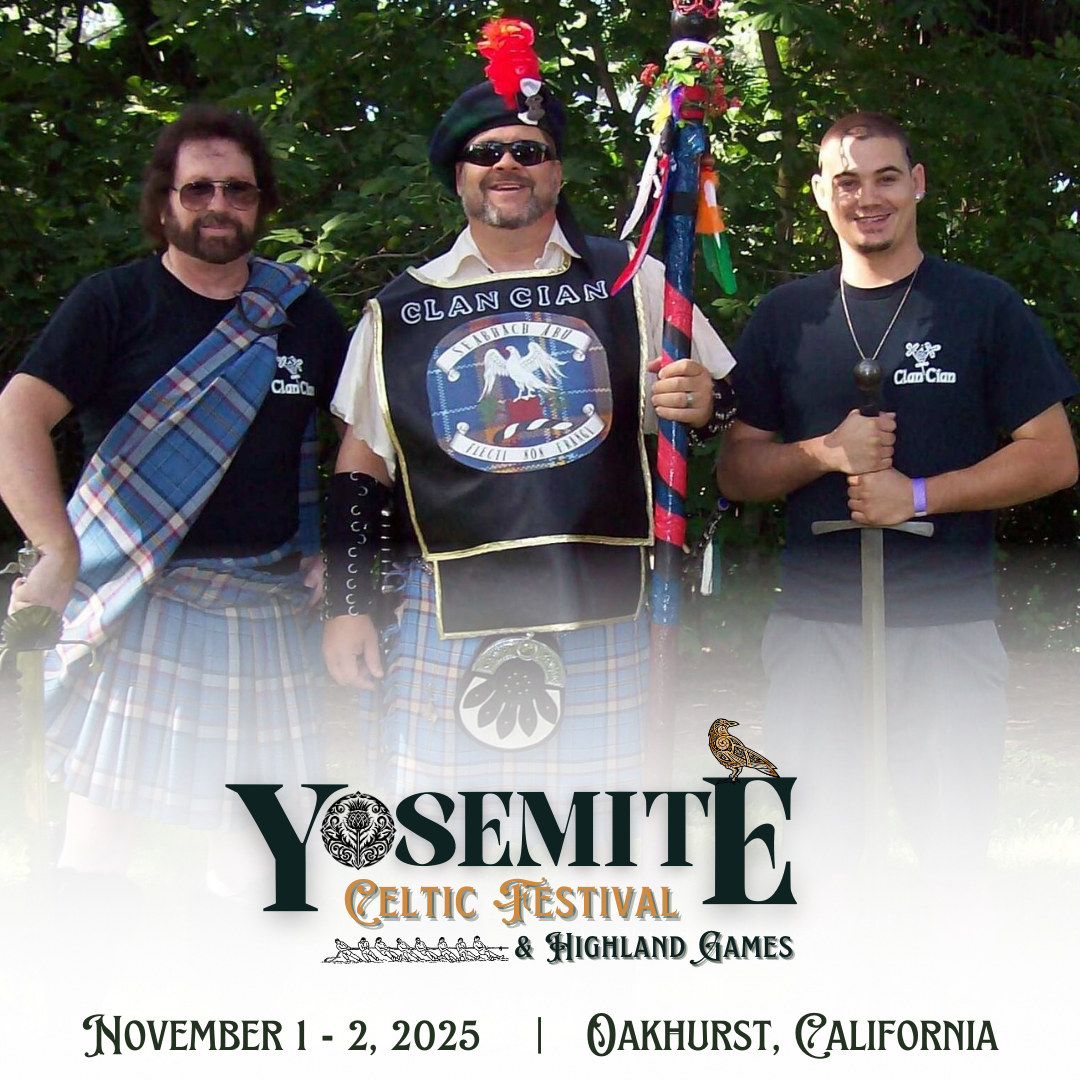
Clan Cian
All of us involved in Clan Cian hope that you find our site a reliable and exciting source for the illumination of Irish history and of your place within it. This history is centered around the Éile (Ely) O'Carroll Territory, in Counties Tipperary, Offaly and earlier parts of North Éile, in Counties, Leix and Kilkenny, Ancient Ormond, as well as other counties where the Cianachta dwelled. We hope you will become involved so that this shared heritage may not be lost, but instead spread out across the world like the Wind that Shakes the Barley.
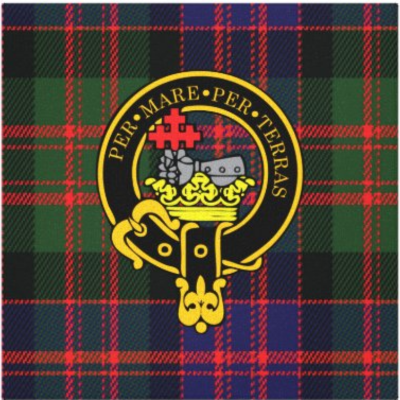
Clan Donald USA
A Tapestry of Ancestral Threads
Celtic Origins: Beyond the 6th Century
Clan Donald’s roots go back before the 6th Century AD, to a time when Celtic heritage was deeply embedded in history. The clan’s lineage is intertwined with notable Irish clans like Conn of the 100 Battles, Cairfre Raida, and Colla Uathais. These connections trace Clan Donald’s origins to the core of Celtic culture.
Viking Heritage: Tracing Roots to Scandinavia
Clan Donald’s Viking heritage originates from 7th Century Sweden and Norway, with figures like Ingiald “Ill-Ruler” and Olaf “Tree-Hewer” anchoring the clan to the legacy of the Norse seafarers. These ancestral lines intertwine Clan Donald’s story with Scandinavian history.
The Unity of Diverse Bloodlines
Somerled MacGillebride MacGilladamnan: Architect of Unity
In the 12th Century, Somerled MacGillebride MacGilladamnan unified Clan Donald, bridging gaps of time and heritage. He brought together diverse ancestral bloodlines, creating a tapestry rich with the essence of various clans and cultures from different regions and eras. This convergence laid the foundation of Clann Domhnaill, later known as Clan Donald.
This union was not a coincidence but a reflection of the intertwined destinies of their ancestors. The threads connected Celtic origins from antiquity with Viking heritage from Scandinavia. Somerled’s lineage, combining both Celtic and Viking roots, became a living embodiment of this dual legacy.
Turning Points Scottish History
1156: The Triumph of Somerled
In 1156, Somerled’s victory over the Norse King of Man marked a turning point for Clan Donald. This triumph secured independence for southwestern Scotland and established a legacy that would endure for over four centuries.
Angus Og and the Battle of Bannockburn
Clan Donald’s legacy is closely linked with key moments in Scotland’s fight for independence. Angus Og, the 6th Lord of the Isles, supported Robert the Bruce during the Battle of Bannockburn. This victory, achieved through bravery and sacrifice, was a crucial step toward Scotland’s freedom, with Clan Donald earning an honored place on the right wing of the Scottish Army.
Across Centuries and Territories
1411: Battle of Harlaw and Territorial Expansion
The Battle of Harlaw in 1411 highlighted Clan Donald’s enduring unity. Led by Donald, the 8th Lord of the Isles, an army of Highland clans defended his wife’s inheritance against the Regent Duke of Albany. This unity extended beyond the battlefield, as Highland clans recognized the MacDonald Chiefs as leaders of the “Race of Conn.”
From Earls of Ross to Jacobite Rebellions
Through the rise and fall of Earldoms and Lordships, Clan Donald’s influence endured. Despite losing the Earldom in 1471, Donald of Harlaw’s descendants became Earls of Ross and Lords of the Isles. Clan Donald remained a significant force, supporting the Marquis of Montrose’s campaigns and playing influential roles, despite internal divisions, during the Jacobite Rebellions of the 1700s.
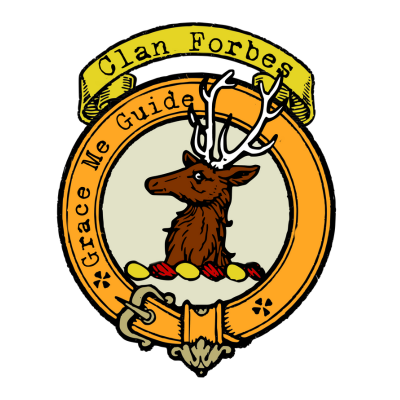
Clan Forbes
Origins and History
The origins of Clan Forbes reach back to the 15th century, when Alexander Forbes rose to prominence after demonstrating exceptional bravery in battle. For his valor, he was granted lands, marking the beginning of a lineage that would become one of Scotland’s most distinguished families. Through his marriage to the granddaughter of King Robert III, Alexander Forbes tied the clan’s bloodline to the royal house of Scotland, giving the family both noble status and enduring influence.
In 1445, Alexander Forbes was made a Lord of Parliament, formally establishing the House of Forbes among Scotland’s noble ranks. Over the centuries, the clan played a significant role in Scottish history. Among its most notable figures was Duncan Forbes of Culloden, who became a key supporter of the government during the 1715 Jacobite Rebellion and helped shape the political and judicial landscape of his time.
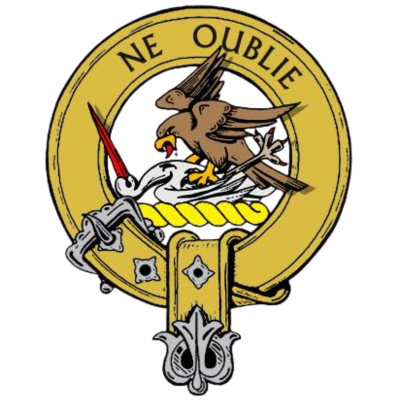
Clan Graham of the West
In 1975, Harry L. Graham of Maryland formed the Clan Graham Society with a dozen or so encouraging persons, by contacting the Clan Graham Chief, His Grace, the 7th Duke of Montrose, and the Lord Lyon, King of Arms of Scotland, to apply for and receive permission to form the Society and represent the Clan Graham. Their first meeting was at the Grandfather Mountain Highland Games in Linville, North Carolina. Harry received support and guidance from the Chief and the Lord Lyon at that time and became the first President of the Clan Graham Society and later the first Chieftain. His Vice President was Richard P. Graham of Maryland. During the 1990s, the Society petitioned and was granted its own Scottish Coat of Arms by the Lord Lyon, and Richard Graham of Georgia was created our Chief’s Chieftain in North America, first by the 7th Duke of Montrose and then by his son, the 8th Duke of Montrose. Richard still serves as our Chieftain today.
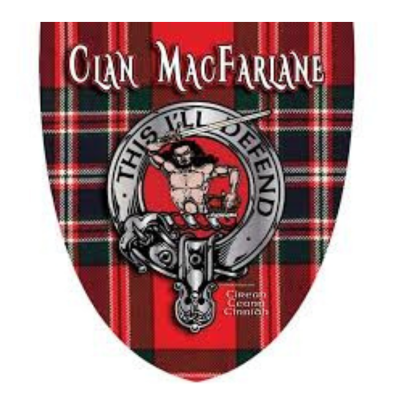
Clan MacFarlane
Those of us who have been drawn by the powerful ties of blood into the special, colourful and turbulent history of Scotland have come to believe that visibly enjoying our heritage is a wonderful addition to our lives. The International Clan MacFarlane Society gathering tents are hosted at festivals and Highland games all over the world. This is just one of the many ways we express our “special identity” to visitors & guests – especially to the “Parlanaich” (Gaelic – MacFarlane race). We accept MacFarlanes of every race, creed, orientation, gender, identity and spelling as well as those persons bearing any of the more than sixty surnames associated with our Clan.
Discover Your Roots
When you join the International Clan MacFarlane Society, you will receive a wealth of information and resources that will aid you in your journey to discovering your unique heritage. You will gain access to the members area of this site, be subscribed to our bi-monthly newsletter MacFarlanes’ Lantern and receive a beautiful digital membership certificate to print out at your leisure.
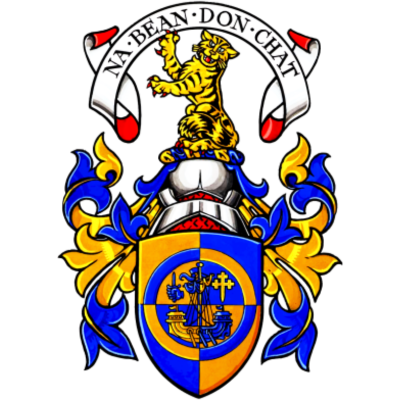
Clan Macpherson
The name Macpherson, MacPherson, or McPherson, according to the spelling preferred by individual families, comes from the Gaelic Mac-a-Phearsain and means literally "Son of the Parson". Mhuirich Cattanach, Fourth Chief of Clan Chattan, was made Parson of Kingussie, and his second son was the first to be called Macpherson.
As well as local Branch activities, a Gathering is held each year in Badenoch, where members from all over the world come together to dance, sing, talk and enjoy each other's company. This happens on the first full weekend in August, and coincides with the Newtonmore Highland Games, our "own" games.
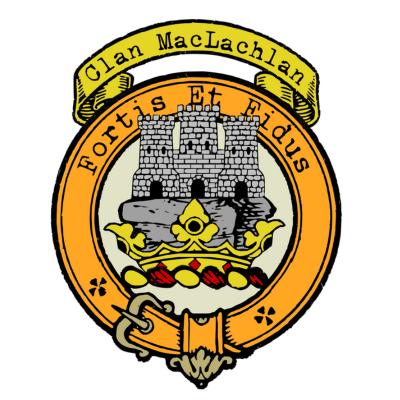
Clan MacLachlan
Clan MacLachlan Association of North America is a branch of Clan MacLachlan Society Worldwide
Because we can trace our heritage to the High Kings of Ireland, the MacLachlans are acknowledged to be one of the oldest and most respected of the Highland clans.
The MacLachlans originated in Cowal of Argyllshire which comprises the parishes of Strathlachlan, Strachur, Kilfinan, Kilmoden, Inverchaolin, Dunoon and Kilmun. The area is bounded on the east by Loch Long and the Firth of Clyde, on the south by the Kyles of Bute and to the north and west by Loch Fyne. MacLachlans also lived on the other side of Loch Fyne in the parishes of Kilmichael-Glassary, the Knapdales and Kilmartin, all at the mainland end of the Mull of Kintyre.
MacLachlans were to be found 200 years ago in other parts of Scotland, since eastward migration had settled MacLachlans across the Highlands. Many dwelt on Mull and along the shores of Loch Linnie. Merchants and sailors settled in the Clyde towns of Glasgow and Greenock. There was always a two-way movement between southwest Scotland and northeast Ireland. In the middle of the last century, many Irish immigrants settled on Clydeside and in southwest Scotland. District registrars spelled surnames the Scottish way, and so some Irish McLaughlans became McLachlan or McLauchlan.
Spellings of the name are significant only to a limited extent. "Mac" and "Mc" were used indiscriminately until the commencement of compulsory registration in 1855; most Argyll registrars used "Mac" while the Clydeside and inland parishes used "Mc." Those families higher on the social scale frequently insisted on being recorded as MacLachlans. The inclusion of the "u" indicates an east coast family or one of a possible Irish descent. With the addition of a "g" the name almost certainly is from Ireland. Of course, many McLaughlans are more Scottish than other spellings because of a series of marriages with old Scots families.
Highland chiefs, lairds and tacksmen were considered "wealthy" only because ordinary Highlanders were quite poor. The feudal clan system broke up when the commerce and systems of government of the rest of the United Kingdom spread into the more remote parts of Scotland. After 1745, retributive measures by the government hastened this process. The property of the Chief's family was confiscated for its part in the Rebellion in which Lachlan, 17th Chief of MacLachlan, was killed. The lands were later restored to his son. Up to that time, a territorial chief had sub-let land through tacksmen who were "platoon" and "company" commanders in the Chief's "battalion" in times of strife. The holders of tacks were members of the Highland middle class; while their children were brought up with the children of their neighbors, there were no class barriers. The power of the chiefs and tacksmen was in the allegiance of the families living on their land.
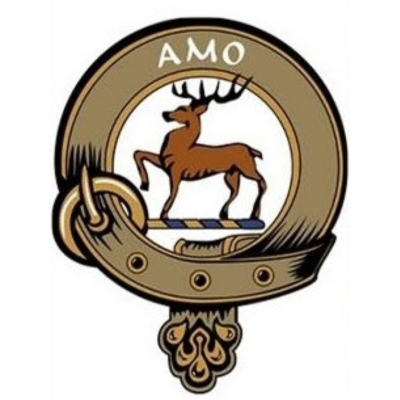
Clan Scott
The Latin word “Scotti” originally denoted the Irish Celts and later the Gaels in general.
The earliest certain record of the name was of Uchtredus filius Scotti, who lived around 1130. From him were descended the Scotts of Buccleuch and the Scotts of Balwearie.
The Scotts married well and acquired more lands and in time became one of the most powerful border clans. In fact, by the end of the fifteenth century it was said that the chief of the Scotts could easily call upon “1000 spears” to enforce his will.
In common with most Borders families, the Scotts quarrelled regularly with their neighbours and would gather for battle at Bellendean, near the head of the Borthwick Water in Roxburghshire. “A Bellendaine” is cited in ballad books of the time as their war cry, and it is also the slogan of the clan Scott upon the standard of the “Bold Buccleuch”, as they are known.
The importance of the Scott clan is shown in the splendid marriage of Anne Scott to James, Duke of Monmouth (the illegitimate son of King Charles II) and in the fact that he adopted the name Scott when the marriage was agreed. The Scott family is known today for the internationally acclaimed Buccleuch art collection housed in the three great houses of the family.
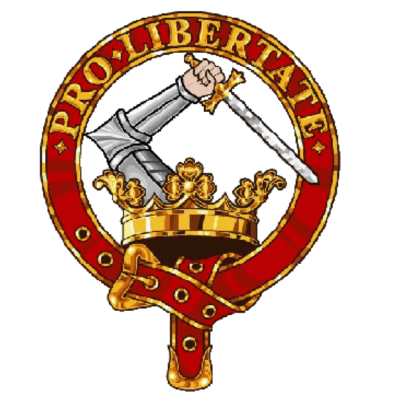
Clan Wallace
We are Clan Wallace. William Wallace of Braveheart notoriety was known as the Gaurdian of Scotland. He started the fight for freedom in Scotland. He is still admired and relevant to this day!
There are two theories for the origin of the Wallace name, both of which indicate an ancient British origin. First, the name of Waleis was common in England and around 1300 meant simply “Welsh-man”. The family was believed to be from Wales and held land in Shropshire and who may have come north with King David I.
The second theory is that they were Britons who settled in the ancient kingdom of Strathclyde, having been driven north in the tenth century. The name is certainly found in records by the twelfth century in Ayrshire and Renfrewshire, Richard Walensis of Riccarton held land near Kilmarnock as a vassal of the High Steward of Scotland sometime before 1160. His grandson, Adam Walays, had two sons, the eldest of whom succeeded to the family estates in Ayrshire. Malcolm, Adam’s younger son, received Elderslie and Auchinbothie in Renfrewshire. Malcolm was the father of the great Scottish patriot, Sir William Wallace of Elderslie.
Adam de Waleys appears on the Ragman Roll of nobles paying allegiance to Edward l of England in 1296, but Malcolm of Elderslie was one of very few Scottish nobles who bravely refused to submit to Edward. He and his eldest son, Andrew, were both executed. His wife fled with her younger child, William, to the protection of relatives near Dundee. William gathered a number of young men around him, including a cousin from the Riccarton branch of the family. When he heard that Sir John Fenwick, his father’s executioner, was marching towards Dundee with a packed train of plunder from Scottish churches and monasteries, he determined to have his revenge. He met Fenwick at the path leading over Lowden Hill in Lanarkshire and killed him. His success brought him many new followers, but to gain the support of the nobility he allied himself with Sir Andrew Murray, who was raising a revolt in the northeast. They were joined by the Graharns, the Campbells and the Earl of Lennox. There then began one of. the earliest guerrilla campaigns in military history. The English, unable to capture Wallace, indiscriminately executed a number of the Scots nobility, including his uncle, who had been lured into their hands to discuss possible peace terms. A full-scale revolt commenced in Scotland, but when a strong English army marched to suppress it, resistance melted. Wallace was forced to flee to the north, where he gathered a small force. By 1297, he had gathered enough popular support to lay siege to Dundee. The English sent another great army under the Earl of Surrey and Hugo de Cresslngham. Wallace met the English at Stirling Bridge. (See: The Battle of Stirling Bridge and the Battle of Falkirk.)
Craigie Castle Ayrshire ScotlandThe Wallaces of Craigie, Ayrshire, are descended from Adam Walace of Riccarton, the uncle of the great patriot. They obtained the estate by marriage to the heiress of Sir John Lindsay of Craigie, and in 1669 Hugh Wallace of Craigie was created a Baronet of Nova Scotia. Sir Hugh married Esther Kerr, daughter of the Laird of Little Dean but sadly their only son was brain damaged. On Sir Hugh’s death, his grand-nephew, the grandson of his brother, the Rev. William Wallace of Falford, became the second Baronet. He was a distinguished lawyer who rose to the rank of Lord Justice Clerk, the second-highest judge in Scotland. The third Baronet left an only daughter, and was succeeded by his brother, Sir Hew Wallace of Wolmet. Sir Thomas Wallace was the fifth Baronet, and when his son, a captain in the Guards, predeceased him, the estates passed to his daughter, Frances. In 1760 she married John Dunlop of Dunlop, the friend of the poet Robert Burns. His eldest son, Sir John Dunlop, succeeded his maternal grandmother as sixth Baronet of Craigie, and assumed the name of Wallace.
Craigie Castle Ayrshire ScotlandThe representation of the chiefly line then passed to another cadet branch, the Wallaces of Cairnhill, who had lived in Jamaica for several generations. Through marriage to an heiress, they inherited estates in Ayrshire at Busbie and Cloncaird. In 1888, Captain Henry Wallace of Busbie and Cloncaird established himself as chief of the name. Robert Wallace of that Ilk received both the French and the Belgian Croix De Guerre during the First World War. His son, Malcolm, who served in the Second World War, Korea, and Borneo, rose to the rank of colonel. He was succeeded by in 1991 by his brother, Ian, the thirty-fifth chief.
Step into the heart of heritage on Clan Row—a welcoming avenue of banners, tartan, and living tradition. Meet clan representatives, explore family histories, learn about regional roots and heraldry, and experience the hospitality that has long defined Celtic culture. Whether you carry a surname from the Highlands or simply love the lore, Clan Row invites you to ask questions, share stories, and feel at home.
What you’ll find on Clan Row
- Heritage & Genealogy: Intro guides to surnames, septs, and tartans; tips for starting or deepening your family research.
- Culture & Storytelling: Daily talks, artifacts, and friendly ambassadors ready to share clan history and customs.
- Hospitality Tents: A warm welcome, photo-worthy banners, and great conversation throughout the day.
- Ceremonial Moments: Clans appear in the Opening and Closing Ceremonies—don’t miss the pageantry.
Where & When
- Location: Near the festival entrance on the grassy lawn (easy access).
- Dates: November 1–2, 2025
- Venue: Oakhurst Community Center, 39800 Road 425B, Oakhurst, CA 93644
- Hours: Open both days during festival hours.
Confirmed Clans (updated regularly)
[List of participating clans will appear here as confirmations come in.]
Interested in bringing your clan?
We’d love to host you on Clan Row. To reserve your space
CLICK HERE:
or contact: Kimberly Vaughan • (209) 201-4137
•
kimberly@yosemitecelticfestival.com
